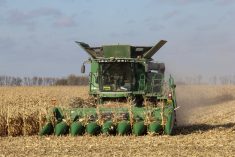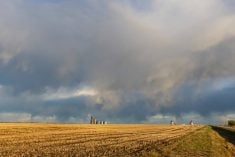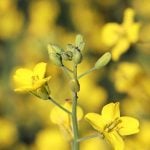CNS Canada –– A recent wave of warm temperatures is just what’s needed to boost the development of forage crops in Manitoba, which have been slowed due to recent weather, according to two industry experts.
“Just within the past week plants are starting to develop, we’re hoping that with the heat they’re forecasting, the crops will spread their wings and get more growth throughout the province,” said Pam Iwanchysko, a forage specialist with Manitoba Agriculture, Food and Rural Development in Dauphin.
The heat would do a lot for all forages throughout the province, Tim Clarke, MAFRD’s range and pasture expert in Ashern, agreed.
Read Also

Pulse Weekly: SPG looks back at harvest, ahead to trade
Saskatchewan Pulse Growers executive director Carl Potts said this year’s harvest had strong yields as the organization now works on international trade.
“We need a few more weeks of this nice warm weather, no frost, and there’ll be lots more feed grains put in the ground, and corn for silage put in the ground, and a lot of the native hay will hopefully get harvested,” he said.
North of Winnipeg, sleet and snow were especially troublesome for forages while the Pipestone and Melita areas generally have more moisture than needed. The Red River Valley and areas south of Winnipeg are in a slightly better situation.
Fortunately, the outlook for crop quality looks to be unaffected at this point, Iwanchysko remarked.
“It’s still in the early vegetative growth stage so there’s not any concerns yet,” she said.
Manitoba is traditionally an exporter of forage crops, but that can change on a yearly basis, Clarke noted.
“If it’s like it was last year, and corn is under $3 a bushel and the forage supply is short and round hay bales get to $70-$75 a bale, then guys will bring in corn and they’ll substitute,” he said.
Some producers have had to supplement with hay because of the slow pace of growth, he added. If the warm temperatures continue, though, forages will reclaim their share.
Another wrinkle to this year’s forage outlook might be the potential for alfalfa.
“In the Interlake a lot of guys are thinking about renovating some older stands because the alfalfa has winterkilled or drowned out, so now they’re cultivating their fields and trying to get them into production again,” Clarke said.
— Dave Sims writes for Commodity News Service Canada, a Winnipeg company specializing in grain and commodity market reporting.















